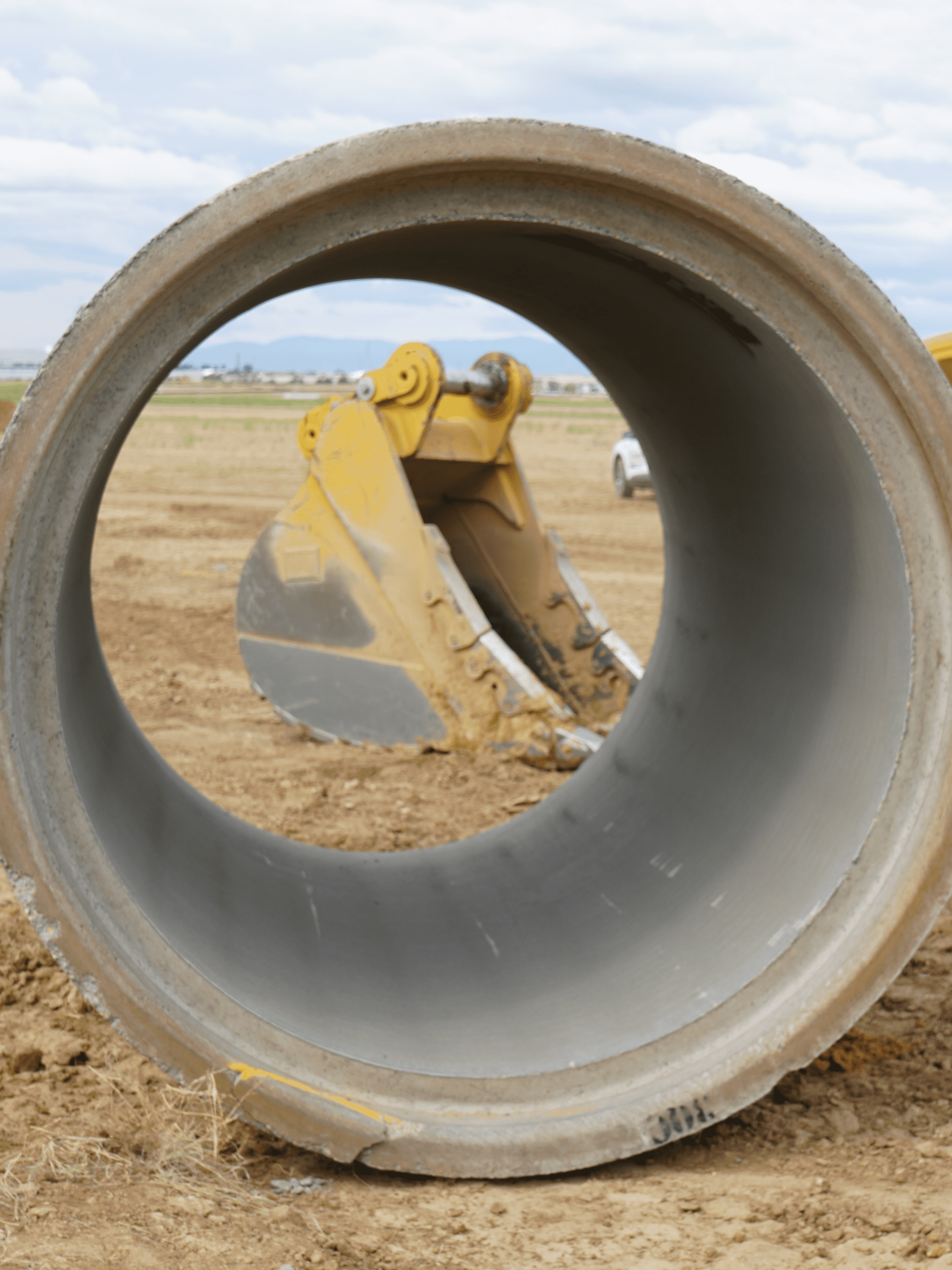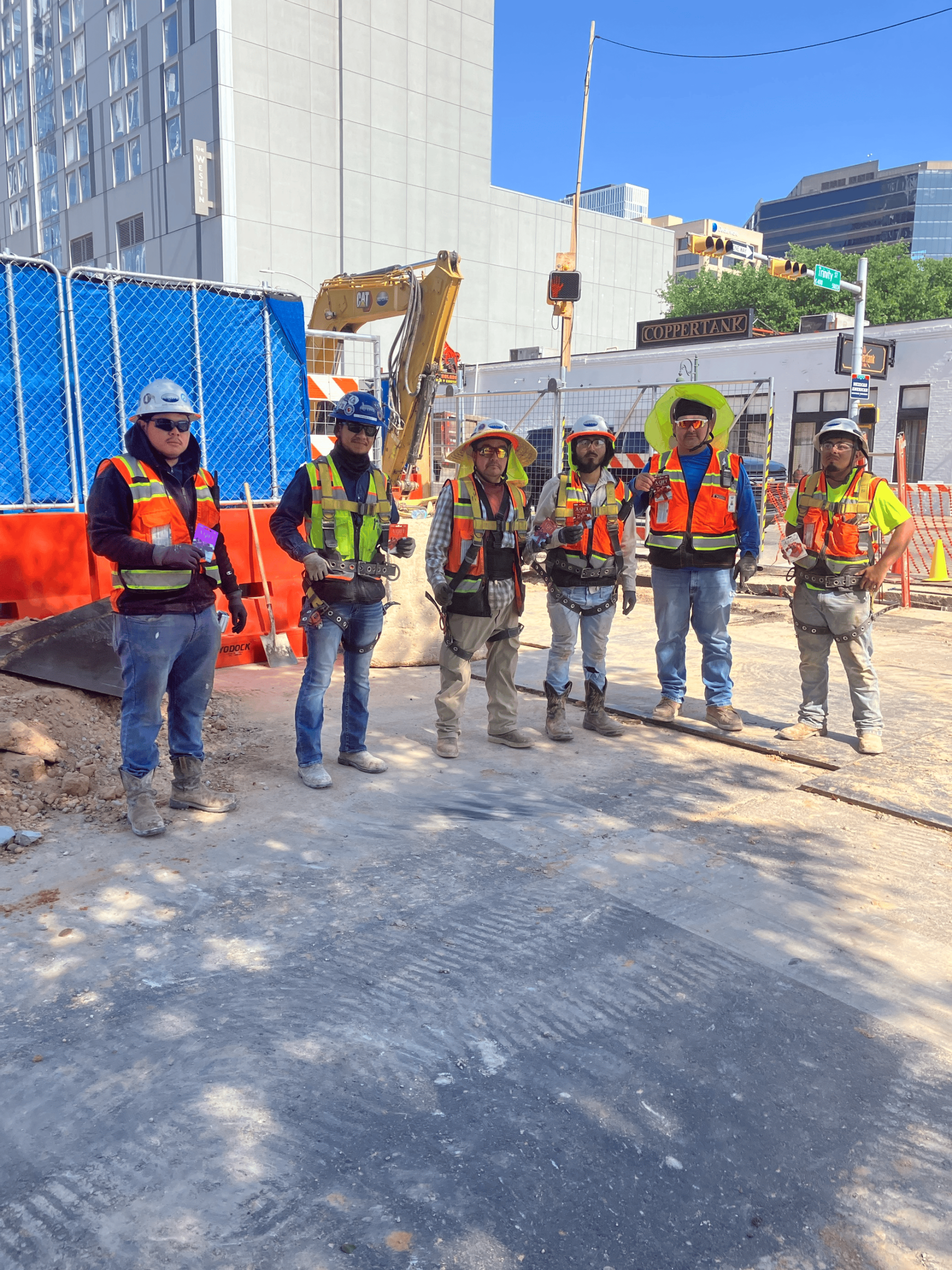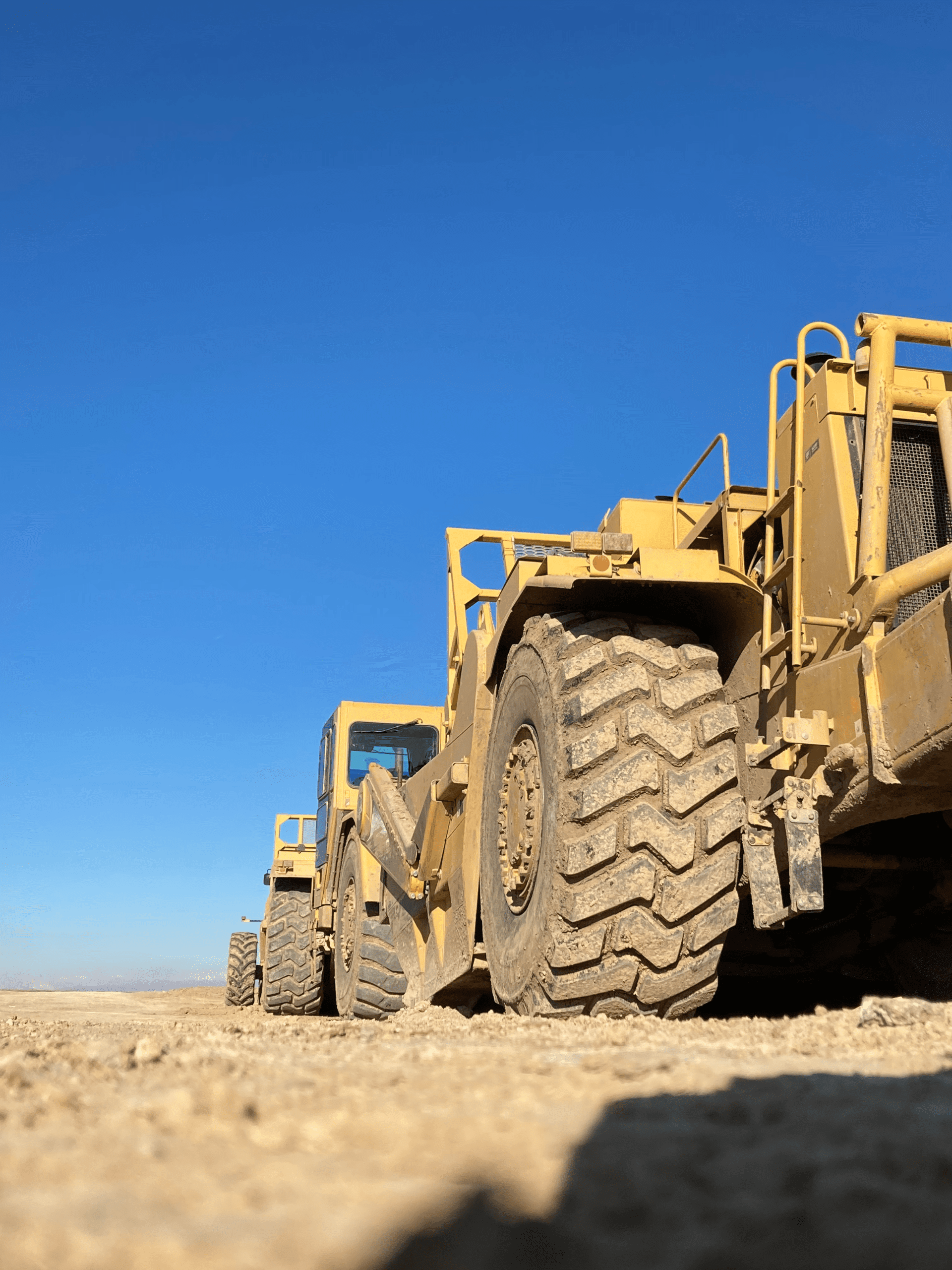Heavy civil construction encompasses a wide array of projects crucial for urban development, ranging from roads and bridges to airports and sewage systems. Utility lines are one of the most important tasks involved in any project. Utility services can be divided into two categories: wet utilities and dry utilities.
Wet Utilities: Powering Vital Infrastructures
A wet utility in heavy civil construction refers to a system that involves liquids or gases. These typically include water supply lines, sewage systems, stormwater management facilities, and gas pipelines. Wet utility projects are fundamental for ensuring communities access clean water, adequate sewage disposal, and efficient stormwater drainage.
Water supply lines are the lifelines of any urban area, delivering clean water to homes, businesses, and industries. Sewage systems ensure the safe disposal of wastewater, preventing environmental contamination and safeguarding public health. Stormwater management facilities, such as retention ponds and drainage systems, mitigate the risk of flooding and erosion, enhancing communities’ resilience against natural disasters. Gas pipelines facilitate natural gas distribution for heating, cooking, and industrial processes, playing a vital role in modern infrastructure.
Dry Utilities: Powering Connectivity and Communication
On the other hand, dry utilities encompass non-liquid or gas-related systems, primarily focusing on electrical and telecommunication infrastructures. These include electrical power lines, fiber optic cables, telephone lines, and other communication conduits. Dry utility projects foster connectivity, power digital communication networks, and support technological advancements.
Electrical power lines form the backbone of modern electricity distribution, supplying energy to homes, businesses, and industries. Fiber optic cables enable high-speed internet connectivity, supporting everything from online education to remote work. Telephone lines and conduits facilitate voice communication and data transmission, which is essential for personal and commercial use.
Each utility type serves a distinct yet interconnected function, collectively forming the foundation of modern infrastructure. Understanding the differences between wet and dry utilities is crucial for ensuring comprehensive and sustainable infrastructure development. By balancing the needs of both types of utilities, civil engineers and construction professionals can create resilient communities equipped to thrive in the face of evolving challenges.




